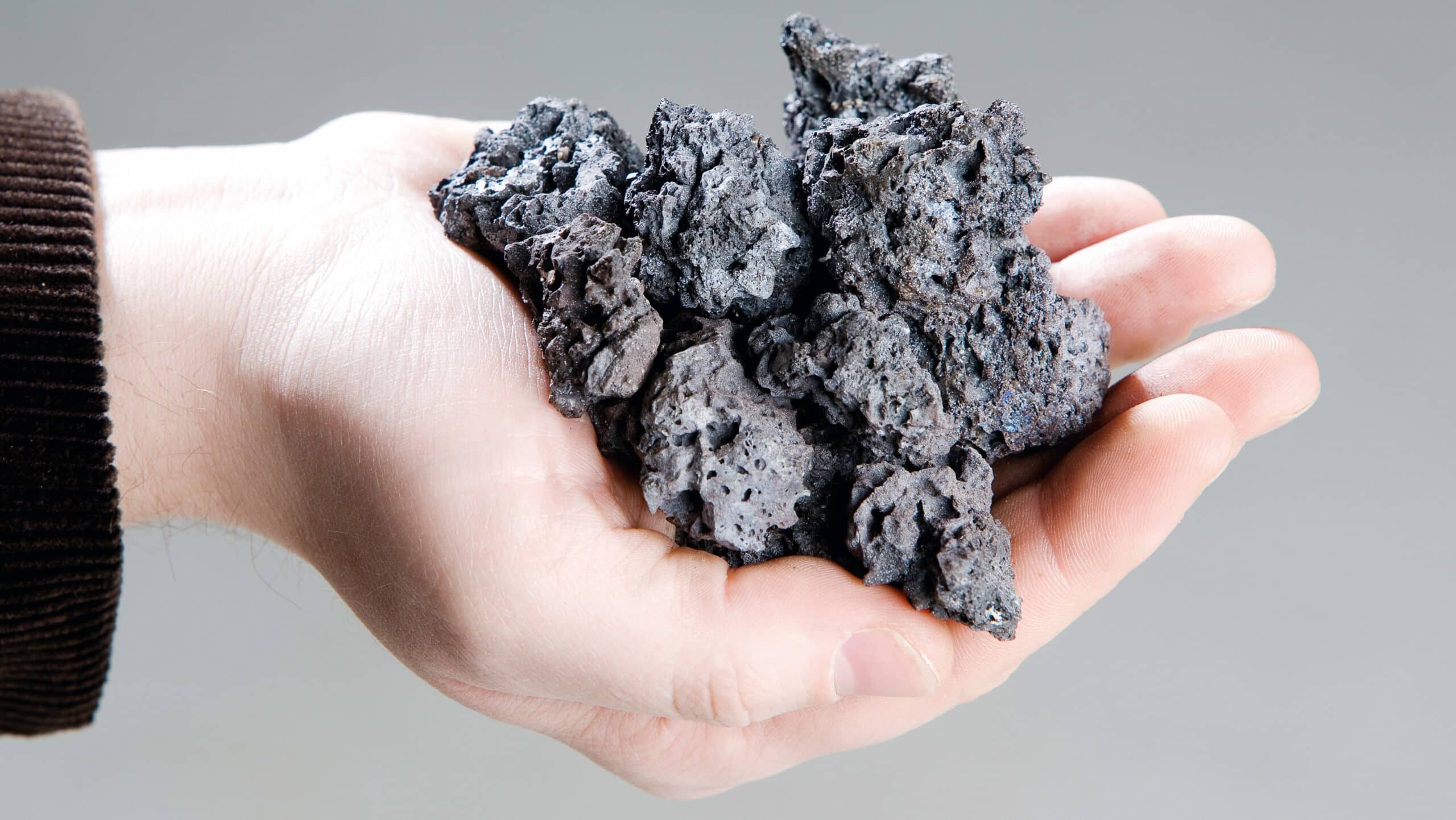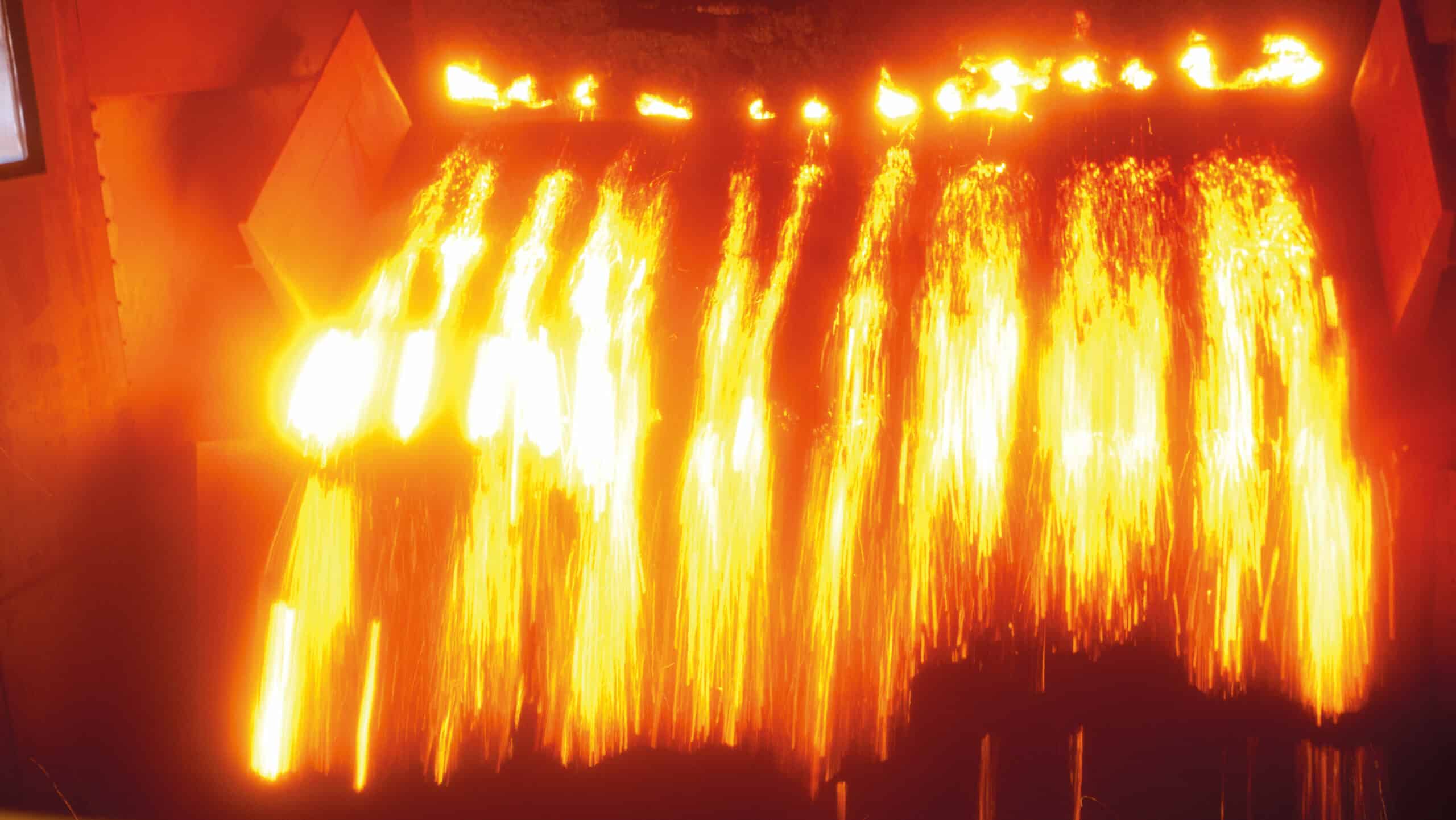This post is also available in: 简体中文 (Chinese (Simplified))
This highly customizable Selective Waste Gas Recirculation system from Primetals Technologies has been the environmentally friendly solution of choice for sinter plants in Austria, South Korea and Taiwan for many years. Now, the system has been sold to a Chinese customer for the first time. Metals Magazine reviews the system’s features and the benefits it offers.
Chinese integrated steel producer Shandong Iron & Steel Corporation Limited (Shansteel) has recently ordered a Selective Waste Gas Recirculation (SWGR) system from Primetals Technologies for its new sinter plant in Rizhao, Shandong province. It is the first order that Primetals Technologies has received from the Chinese mainland for this well-proven environmental solution for sintering plants. Several units have already been installed in Austria, South Korea and Taiwan, which have successfully demonstrated the positive impact on environmental emissions and operational costs.
Shansteel is a state-owned company and listed as one of China’s top ten steel producers. It manufactures and sells various kinds of steel products such as plates, hot-rolled coils, cold-rolled coils, H sections, high-quality steels, special steels, hot-rolled ribbed bars and many more.
The company is headquartered in Jinan City, Shandong Province. Shansteel ordered the SWGR for its new Rizhao-based plant, which will largely be dedicated to serving some of the most demanding automotive companies. The strategic target behind the construction of this new steelmaking facility is to enable Shansteel to discontinue using several older production sites in Shandong province that no longer fully meet today’s environmental standards.
Up to 40% Recirculation Rate
The new sinter plant will consist of two 550 m² sinter strands, which will be installed in two construction phases. With a waste-gas recirculation rate of up to 40%, the SWGR reduces waste gas emissions to the atmosphere by 770,000 m3 per hour. Additionally, coke consumption stemming from the sintering process is decreased by approximately 5%. Due to the lower waste-gas flow rate, downstream gas-cleaning facilities can be designed with 30% less space requirements.
By choosing SWGR technology, Shansteel will be able to moderate its waste-gas emissions to the atmosphere and the CO2 footprint of the overall plant thanks to a lower coke consumption. It will also be in a position to substantially trim capital expenditures for the downstream gas-cleaning facilities, as those can be designed with considerably smaller waste-gas capacities.
A Highly Adaptive System
In the SWGR process, a significant portion of the primary sinter waste gas is recirculated back to the sinter strand. This is accomplished by means of an efficient ductwork, an electrostatic precipitator for pre-dedusting, a circulation fan and the recirculation hood, which distributes the recirculated waste gas onto the sinter strand while maintaining proper sealing to the atmosphere to avoid any gas leakage. The system is selective in that the waste gas from different wind boxes can be chosen for gas recirculation. The process design is specifically tailored to the customer’s needs. A minor quantity of fresh air is added to the recirculation gas stream in order to maintain a certain minimum oxygen content in the recirculated gas, which is required for proper sintering performance.
The project will be executed by Primetals Technologies China Ltd. jointly with Shandong Province Metallurgical Engineering Co. Ltd. (SDM) as the main contractor for the sinter plant package (engineering, procurement and construction). Primetals Technologies will be responsible for engineering, the supply of key equipment and automation systems, as well as advisory services related to the erection and commissioning of the SWGR system. The new sinter plant is scheduled for start-up (initiation of Phase 1) in September 2017. 2) Primetals Technologies China
A key advantage of the Selective Waste Gas Recirculation system is the reduced operational expenditures of the sinter plant due to a notable decrease in coke consumption. This is because of the CO portion contained in the waste gas recirculated to the sinter strand. A lower coke consumption also means fewer SO2 emissions and a smaller CO2 footprint of the sinter plant.
Another benefit is the lower utility and agent consumption in the downstream gas-cleaning facilities, which is due to a reduced waste-gas flow volume by approximately 30%. The lower gas flow rate also allows the downstream gas-cleaning facilities to be designed with smaller dimensions, which scales down investment expenditures. Thanks to the recirculation of sinter waste gas to the sinter strand, the specific concentrations of dusts, combustion products, SOx, NOx, VOCs and heavy metals released to the environment through the sinter stack are also decreased.


